Unesco World Heritage site ruins to get extended visitor centre and gardens rejig under newly submitted plans
Feilden Fowles has unveiled its designs for an upgrade of Fountains Abbey, a grade I-listed ruined monastery in North Yorkshire.
Plans drawn up by the 2021 Building Design Architect of the Year for the National Trust will extend the site’s visitor centre and restore its gardens to their original 18th century design.
Fountains Abbey is one of the largest ruined monasteries in Europe of the Cistercians, a Catholic order of monks which became wealthy and powerful in the middle ages.
Founded in 1132, the abbey operated for more than four centuries and became one of the wealthiest in England before it was seized by the Crown in 1540 during the English Reformation.
It was later dismantled to provide stones for the construction of the nearby Fountains Hall, a late 16th century prodigy house built to impress Queen Elizabeth I.

Both sites are part of the Studley Royal Park estate, which was made a Unesco World Heritage Site in 1986.
Feilden Fowles’ £3.5m vision for the abbey aims to improve the visitor experience, which the National Trust admitted is currently “underwhelming and often frustrating”.
Several ad hoc buildings were added in a piecemeal fashion to the are during the 20th century, creating a space which is now confusing to navigate, has poor accessibility and suffers from queues.
“Many visitors leave disappointed by the lack of interpretation to help them discover the story of what makes this special place so significant,” the trust said.
The proposed improvements, which have been submitted for planning following a long delay caused partly by the covid pandemic, include a timber-framed and green-roofed extension to Studley Tearoom building and a new refreshment kiosk in the car park. The plans will not affect the site’s main visitor centre, which was designed by Cullinan Studio in 1992.
New landscaping and planting designed by Rankinfraser Landscape Architecture and based on historic maps, images and accounts of how the site was used in the 18th century will also open up the site and restore lost views.
Feilden Fowles director Fergus Feilden said: “This much-loved historical site has been subject to evolution and renewal for centuries.
“Our scheme seeks to restore some of the primary axes, removing piecemeal extensions to open up historic views of the Water Garden and create a 21st Century setting in the tradition of the Aislabie’s original design intent.
“New additions to the site are carefully designed to sit contextually within the World Heritage Site, enhancing the public’s enjoyment and appreciation of the landscape.”
Justin Scully, general manager of Fountains Abbey and Studley Royal, said the delay caused by covid allowed extra time to consider feedback from the scheme’s consultation and update the plans.
“I feel that the final proposals offer a delightful presentation of the history, welcome and design of this World Heritage Site,” he said.
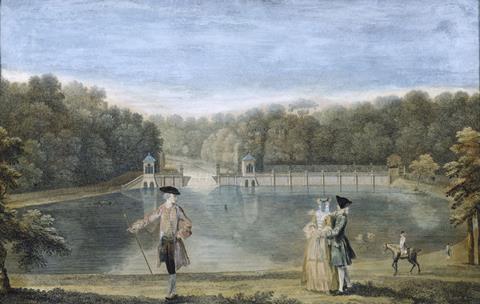









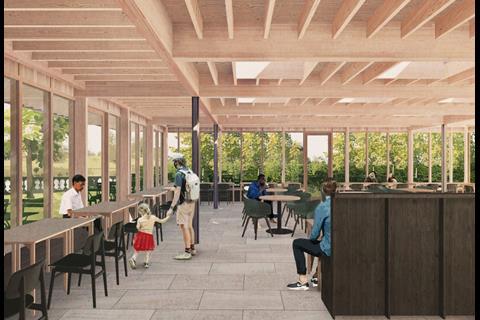

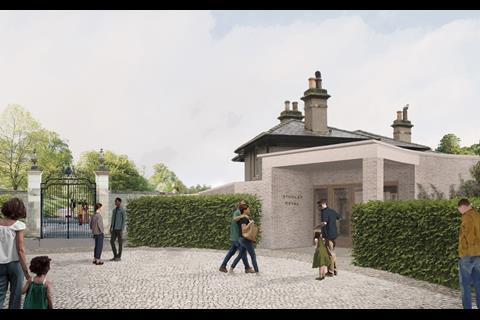
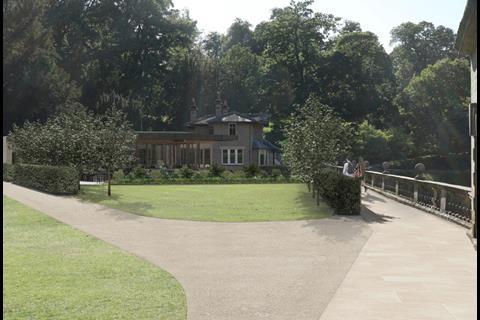
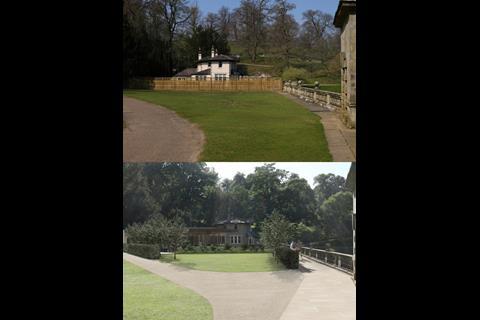
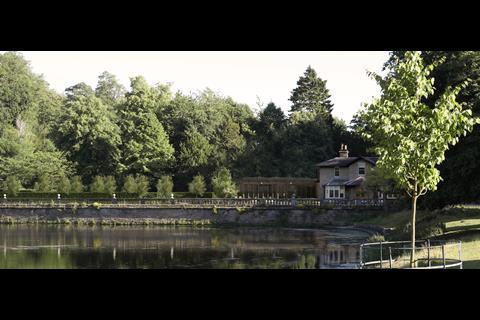
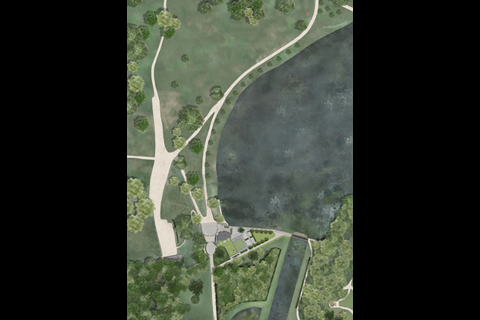







1 Readers' comment